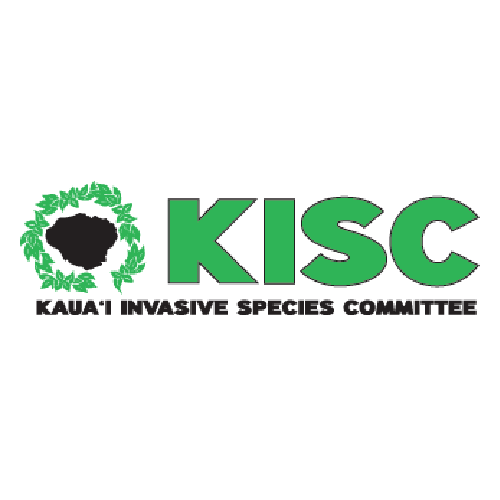Family: Asparagaceae
Agave attenuata (foxtail agave, swan’s neck agave) is a perennial succulent native to Mexico Due to its lack of thorns, it is a popular ornamental in warm and subtropical climates. It is naturalized in Africa, Australia, the Madeira Islands and possibly Oʻahu. (Has established on Waʻahila Ridge) This plant poses some risks of acting invasively as it reproduces vegetatively and by suckers, and forms dense stands in Australia. It also is potentially toxic to animals, and the juice and skin are highly irritating to people. Although no negative impacts have been reported on Hawaiian islands to date, this plant deserves a cautious approach.
High Risk Traits:
- Grows in tropical climates, and potentially able to spread in regions with similar climates
- Naturalized in Africa, Australia, the Madeira Islands and possibly Oʻahu (established on Waʻahila Ridge)
- A potential environmental weed in Australia
- Other Agave species have become invasive
- Potentially toxic to animals, and juice and skin are highly irritating to people
- Shade tolerant
- Tolerates many soil types
- Reported to form dense stands in Australia
- Reproduces by seeds and vegetatively by suckers and offsets
- Seeds dispersed by wind, water and intentionally cultivated by people
- Vegetative fragments spread by water and dumped garden waste
Low Risk Traits:
- No reports of negative impacts despite widespread cultivation in the Hawaiian Island
- Unarmed (no spines, thorns, or burrs), although spined forms do exist in native range
- Self-incompatible
- Reaches maturity in 5-10 years
- Lack of annual flowering minimizes chance of long-distance dispersal until plants reach maturity
- Herbicides may provide effective control




